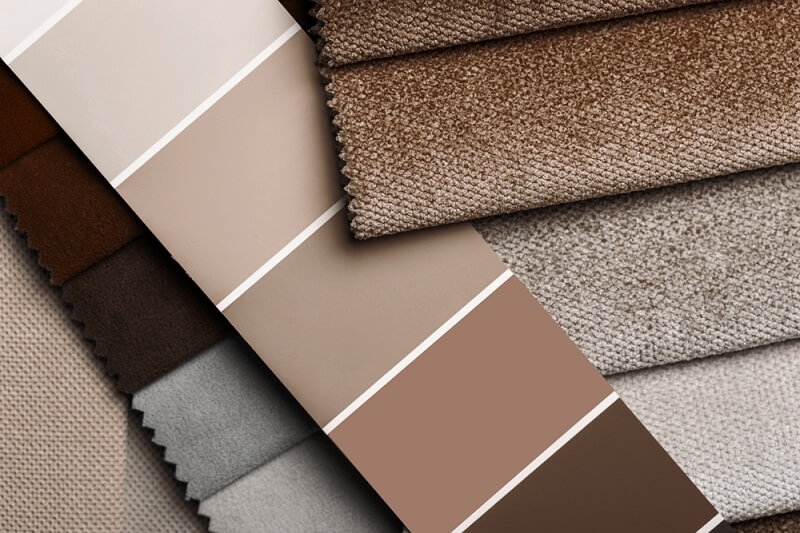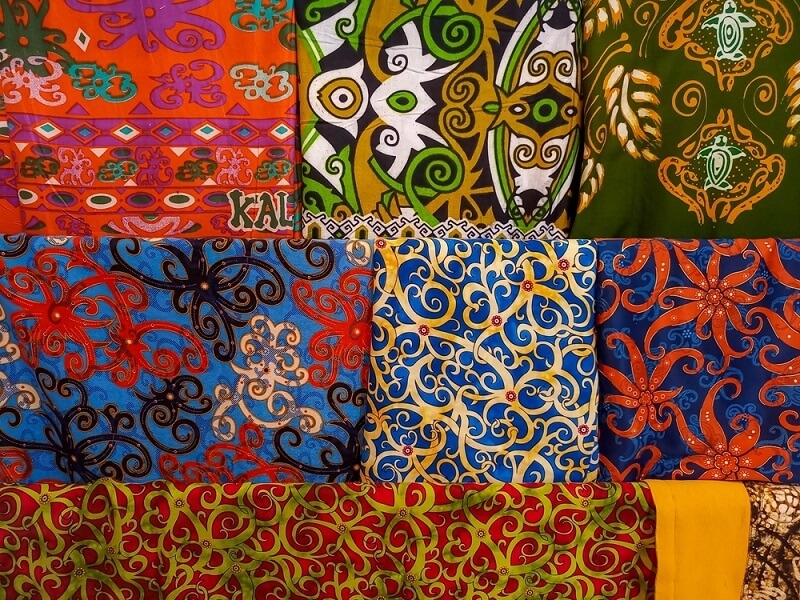
Fabric types shape how clothing feels, fits, and lasts, which is why people seek simple ways to understand them before making a purchase. Many folks try breathable fabrics because they help the body feel light, while others enjoy soft materials that bring a cozy touch. Durable textiles stay loved since they hold up longer through many washes. Here’s the thing: comfort wear grows stronger when fabric comparison becomes part of the shopping habit, and what this really means is that a bit of fabric knowledge goes a long way in building a better closet that works for everyday use.
Fabric types matter more than the look of the clothing. They shape how a shirt moves, how pants stretch, and how a dress breathes on warm days. Even simple outfits feel different when breathable fabrics are involved. Soft materials help make comfort wear easy to use, while durable textiles protect clothing from fading too quickly.
Most shoppers pay attention to color and style, but the fabric itself decides how long an item stays useful. Let’s break it down so fabric comparison feels natural and not confusing.
Once the base is understood, shopping becomes smoother because each choice gets made with more clarity.
Breathable fabrics stay popular across all clothing categories because they help heat escape and keep the body cool. Many people look for them when shopping for everyday wear or active pieces.
Standard breathable fabrics are used in many outfits:
Breathable fabrics are helpful not only in warm weather but also in indoor settings, where comfort is the primary goal. Being breathable is primarily about the fabric's ability to keep the body cool, even on hot and humid days.
Breathable fabrics can also be combined with durable fabrics, providing our apparel with a long and effective lifespan while maintaining a fresh and airy feel after multiple wearings. Most closets even have at least one or two breathable fabrics blended into their everyday apparel, as they allow us to wear clothes that regulate various body temperatures.
Soft materials help people feel at ease throughout the day. The touch of a fabric can calm the body, which is why many people prefer soft materials for loungewear, tops, and even some work items.
Soft materials that many shoppers enjoy:
Soft materials also facilitate layering, as they sit comfortably against the skin without irritating it. Many fabrics combine softness with breathability, so the outfit never feels heavy or stiff.
During fabric comparison, soft materials stand out because people usually notice touch before anything else. Here's the thing: softness plays a quiet yet strong role in keeping someone comfortable throughout the day.

Resilient materials, such as various types of textiles, are used to add durability to clothing items, allowing them to withstand wear and tear. Many fabrics used in everyday items need to be durable or resist wear because they are worn every day; jeans, jackets, and uniforms immediately come to mind. Resilient materials may not always feel "the softest" the first time you use or wear them, but the lifespan of the product often makes it worthwhile.
Examples of durable textiles:
Durable textiles remain a key part of fabric types because they protect clothing from stretching out or breaking down. They mix well with soft materials or breathable fabrics, giving the best of both worlds.
Clothes made with durable textiles may feel slightly firm at first, but over time, they mold to the body while keeping their strong shape.
Comfort wear grows not only from soft materials but also from the right mix of fabric types that balance airflow, structure, and stretch. People often assume comfort wear is all loose and oversized, but the truth is that fabric choice plays the most significant role.
Comfort wear fabrics worth knowing:
Comfortable wear works best when clothing allows the body to move freely. That’s why many brands mix cotton with spandex or rayon with polyester to create fabrics that stretch while staying strong.
What this really means is that comfort wear isn’t about the size of the clothing. It’s about the feel of the fabric itself.
Fabric comparison helps people understand why some clothes feel warm, while others feel cool, and why some last longer than others. During shopping, tags hold essential clues that guide good decisions.
What to check during fabric comparison:
Fabric types differ in texture, weight, stretch, and strength. Learning the basics helps anyone choose the correct item faster. Many shoppers compare two or three fabrics before deciding which one best matches their comfort needs.
Fabric comparison also helps save money because fewer items get thrown away when shoppers understand what they’re buying.
Natural fabrics remain favorites because they use fibers from nature. They typically create breathable fabrics and soft materials that are suitable for various clothing styles.
Natural fabrics commonly found in closets:
Natural fabric types feel comfortable on the skin and work well with daily movement. Many people prefer them because they strike a balance between breathability and softness.
What this really means is that natural fibers typically provide comfort with minimal effort.
Synthetic fabrics contribute to the strength of clothing. They often take part in the production of durable textiles and are used for items that require withstanding rough use.
Synthetic fabric types are widely used:
Synthetic fabrics work best when blended with natural ones because they add durability without making the clothing stiff.
Many outfits rely on these blends to stay comfortable, long-lasting, and easy to wash.
Blended fabrics combine natural and synthetic fibers to create a balanced product. Many shoppers enjoy these blends because they offer breathable fabrics with added strength.
Common blended fabrics:
Blended fabric types help clothes fit better, move smoothly, and feel comfortable through many seasons.
Here's the thing: blends make clothing easier to care for and more forgiving during daily use.
Seasonal comfort depends on matching the right fabric types with weather needs. Some fabrics hold heat, while others release it easily.
Season-based fabric ideas:
Seasonal fabric comparison helps people choose layers that support temperature shifts without feeling heavy or sticky.
Fabric types guide how clothing feels, moves, and lasts. Breathable fabrics, soft materials, durable textiles, and comfortable wear all depend on smart fabric comparison. Every outfit becomes easier to wear when fabric choices match body needs and daily routine, helping clothes stay useful for a long time.
This content was created by AI